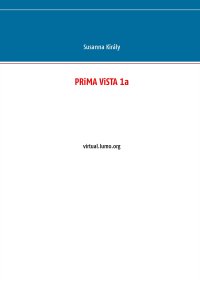Soiva musiikin teorian opetusohjelma : 1, Vastaussivut
Many students find music theory and ear-training difficult. During the 1990s, in connection with my licentiate thesis "Solfège in the Computer Classroom" (2000), I initiated a research project which focused on learning outcomes in middle-grade and higher-level classes, and started to develop a CAI method for teaching and learning music theory and ear-training. According to Zoltán Kodály (1911) the goal is not impart concepts and knowledge, but first of all, training: "The only authentic aim of music theory teaching and learning is not to make known concepts and knowledge, but first of all training. We must help our pupils to learn sight-reading from notes and to be able to notate the music they hear in every way. Theory and analysis are good only in as much as they are necessary in the execution of the practical work." This Kodályian idea of music theory instruction is the model for Susanna Király’s “tuneful music theory teaching programme”. Practically speaking, this means that in the middle level music theory lesson, first we sing or play together the analysis task as a choir or orchestra. The next step is a general musical analysis of the actual masterpiece. The teacher’s verbal explanation in teaching a new issue is needed only insofar as it is required by the musical score.
Saatavana seuraavilla kirjastokorteilla
Valitettavasti tätä ei ole saatavana






